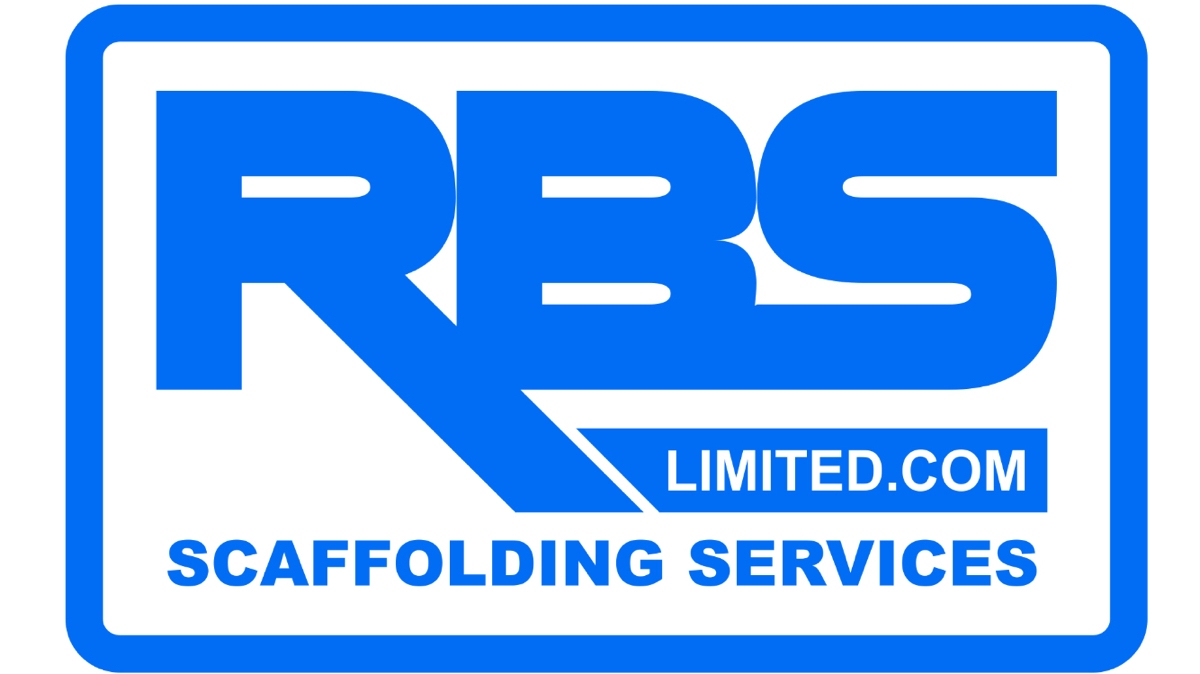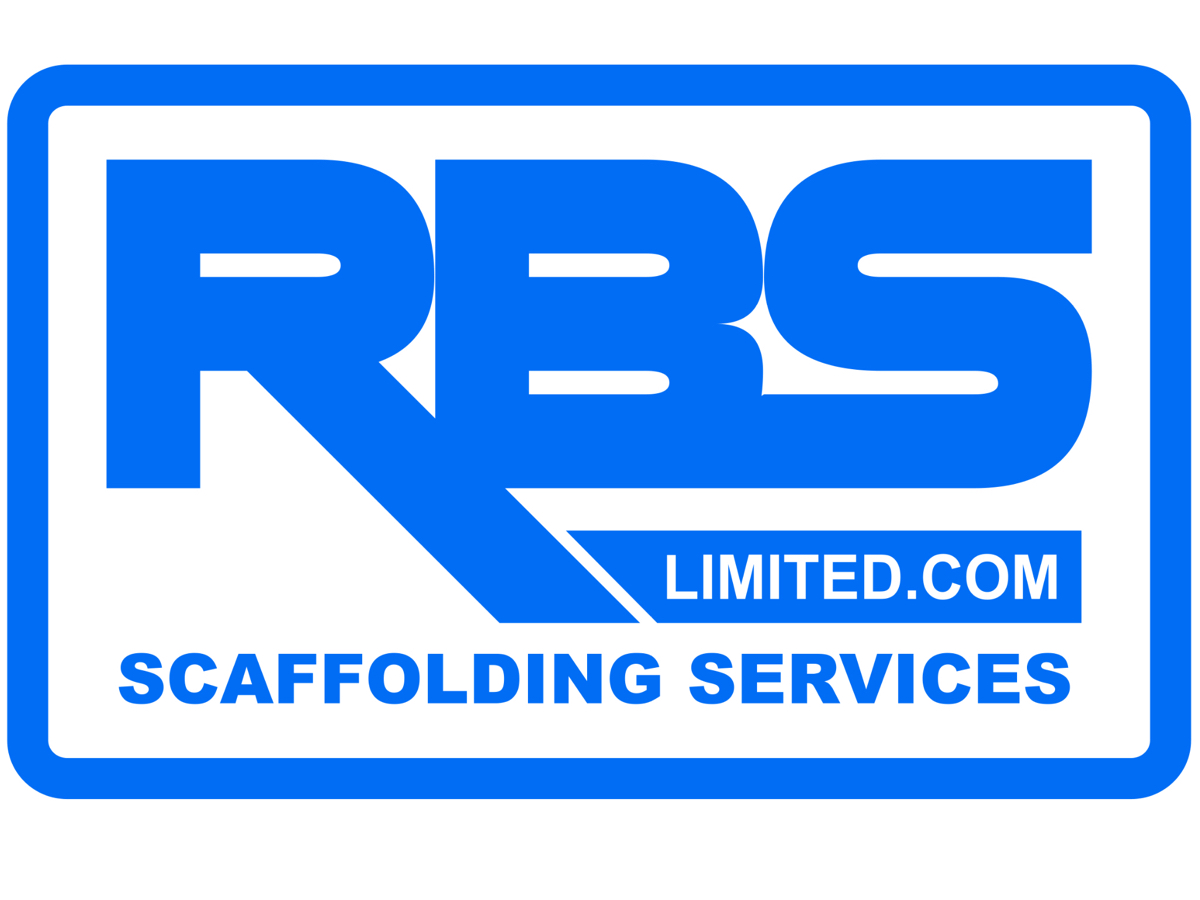Information
-
STAUTORY SCAFFOLD INSPECTION
-
Job Number
-
Inspection No.
-
Client / Site
-
Conducted on
-
Prepared by
-
Site Address/Location
-
Inspection carried out by
Statutory Guidance Notes
-
The person carrying out an inspection shall complete the report before the end of the work period within which the inspection is completed.
-
The results of any inspection must be notified to the person operating the work (I.e, site manager) within 24 hours of completing the inspection.
-
A Scaffold is to be inspected - a) after assembly and before first use. b) at regular intervals not exceeding seven days. c) after any event likely to affect the stability of the scaffold. d) after any adverse weather.
-
During an inspection of the scaffold every tube, board, coupling, including every member and every joint in the whole structure must be inspected separately.
SCAFFOLD PROFILE
-
You can add photos of the elevations here.
-
Pavement Gantry
-
Scaffold Profile
-
Does layout of the structure relate to the scaffold design?
-
Is the service hatches free from obstruction?
-
Is the tube and fitting protected with fitting and end caps?<br>Have all the standards fitted with protection foam?
-
Stability of structures; Visual checks for weakened, or defective structural elements, lacing, bracing or other components intended to support or stabilise the arrangement?
-
Has the tie pattern been maintained between inspection?
-
Are Boarding/platforms free of the risk of trips and fall?<br>Is the correct boarding pattern maintained?
-
Are guardrails and toe boards in place and remain secure at the correct height?
1.0 Foundations
-
Are the foundations firm and level?
-
Does each standard have a timber or composite sole plate or pad.
-
Are timber sole plates of the correct dimensions and in good condition? (450mm long on firm ground or 765mm on soft ground. TG20:13)
-
Do all standards have a steel base plate or base jack 150 x 150 x 5mm minimum thickness in accordance with BS EN 74-32007?
-
Are foundations protected from any groundworks?
-
Is the base of the scaffold protected from site plant and traffic?
2.0 Geometry
-
Are standards vertical? TG:20:13 compliance sheet
-
Are ledgers horizontal?
-
Are the transoms horizontal?
-
Are joints in the standards staggered and not in the same bay?
-
Are the joins in the ledgers staggered and not in the same bay?
-
Are the joints in the ledgers no more that one third into the bay?
-
Are the transoms correctly spaced?
3.0 Working Platforms
-
Is the overhang a minimum of 50mm or maximum 150mm for 38mm boards?
-
Are splits in boards less than 300mm? TG7:15
-
Are the boards to BS 2482:2009, sound and in good condition?
-
If boards are lapped over others, are they safe from tripping hazards?
-
Are the boards secure?
-
Have boards of less than 2.13m been secured?
-
Are all boards banded at both ends?
-
Are toe board secure with a minimum of 2 clamps?
-
Have toe boards a side resistance of 15 kg's in accordance with TG:20?
-
Are gaps in platforms 25mm or less (50mm where standards force through)?
-
Are puncheons supported correctly from the ledgers or beams?
-
Are deadmen installed correctly, on two load bearing fittings?
4.0 Bracing
-
Is the ledger bracing fitted with load bearing couplers on alternative pairs of standards for the full height of the scaffold?
-
Is the longitudinal or facade bracing fitted to every lift with swivels?
-
Is the longitudinal or facade brace fitted along the face of the scaffold at a maximum of six bays?
-
Are the ends of the longitudinal bracing fixed with double or swivel couplings to within 300mm of the node point?
-
Has plan bracing been installed in accordance with the design?
5.0 Tubes and Fittings
-
Are all the scaffold tubes to BS EN 39 and in good condition?
-
Are all of the fitting in good condition-Rope and Wheel Fitted Corectly.
-
Have the correct fittings been used in the right location?
-
Have the correct joint pins or sleeve couplers been used?
-
Are the fitting to BS EN 74 and are they at the correct torque?
-
Are supplementary couplers fitted where required?
-
Are check couplers fitted where required?
-
Has the "rule of thumb" been applied with tubes through couplers by at lease 25mm?
-
Have rakers been installed correctly?
6.0 Access and Egress
-
Is access provided to the full height of the scaffold?
-
Are the ladders angles 75 degrees max?
-
Is the top of ladders tied securely at both stiles?
-
Are ladders on a firm and stable base?
-
Do ladders project at least 1.05m above each platform
-
Where ladders don't extend above the platform are suitable and sufficient hand hold points provided?
-
Are ladder openings minimum 450 x 600 long? Or small as practicable
-
Fall prevention - are the ladder gates in serviceable condition and in the closed position?
-
Are ladders in good overall condition?
7.0 Ties, and Stability of Structure
-
Have sufficient ties been used in accordance with TG20:13, Every other lift and every other pair of standards) every 4m?
-
Have the ties been fixed with right angled load bearing couplers?
-
Have drilled anchors been tested in line with TG4:17 and pull test certificates provided.
-
Have tested ties been tagged?
-
Have the ties been fixed to both inner and outer standards or ledgers?
-
Has the tie pattern been maintained between inspection?
-
Are the installed ties showing signs of displacement?
8.0 Guardrail & Toe Boards
-
Are all the guard rails and intermediate guard rails fixed to the inside of the standards with double couplings?
-
Are guard rails a minimum 950mm above working platforms?
-
Is the gap between guard rails 470mm or less?
-
Have the toe boards been secured to the inside of the standards?
-
Are the toe boards connected with two fittings?
9.0 Falling Objects/Danger Areas
-
Is the protection platform remain effective to retain fallen material likely to causing injury?<br>
-
Is the netting/sheeting secured on the outside of the scaffold frame, eliminating gaps?
-
Are the boards to cantilevered protective fan remaining positioned and secured correctly?
-
CI Sheet Temporary Cover
-
Scaffold Profile
-
Does layout of the structure relate to the scaffold design?
-
Is the Plastic sheeting correctly secured without gaps?
-
Is the scaffold above the last tie position correctly braced and tied?
-
Are the Prefabricated Beams correctly laced and braced?
-
Is the framework secured with Load Bearing couplers?
-
Are there single guardrail to non boarded lift?
-
Are the Corrugated Sheets visually secured?
-
Loading Bay/Loadbearing platforms
-
Scaffold Profile
-
Does layout of the structure relate to the scaffold design/TG 20 Compliance sheet?
-
Is the scaffolding correct for its' intended use?
-
Is the safe Working Load (SWL) sign clearly displayed?<br>Is there signs of overloading?
-
Are the loads on the scaffold evenly distributed?
-
Stability of structures; Visual checks for weakened, or defective structural elements, lacing, bracing or other components intended to support or stabilise the arrangement?
-
Has the tie pattern been maintained between inspection?
-
Are Boarding/platforms free of the risk of trips and fall?<br>Is the correct boarding pattern maintained?
-
Are guardrails and toe boards in place and remain secure at the correct height?
-
Are the brick guards correctly secured eliminating any gaps?
-
Are safety gates installed in accordance with manufactures instructions?
10. Work area around the scaffold
-
Is the work are tidy?
-
Are all materials stored in their proper locations?
-
Are working areas free of trip hazards?
11. Documentation
-
Is there a first use inspection and hand over certificate in place?
-
Is max load capacity of this type of scaffold communicated to all employees?
-
Where required have all necessary permits been obtained?
-
Is there a "Scaff tagging" system in place?
12. Sign off
-
Note - an employer receiving a report or copy report under the Work at Height Regulations must keep the copy at the site where the inspection was carried out until the construction work is complete and ; thereafter an office of his for at lease three months.
-
12.1 Comments about the site etc
-
12.2 Name of person completing this report.
-
Date and time inspection completed.
-
12.3 Name of the site person receiving this report.
13. Closure
-
Name of the person closing this report.















